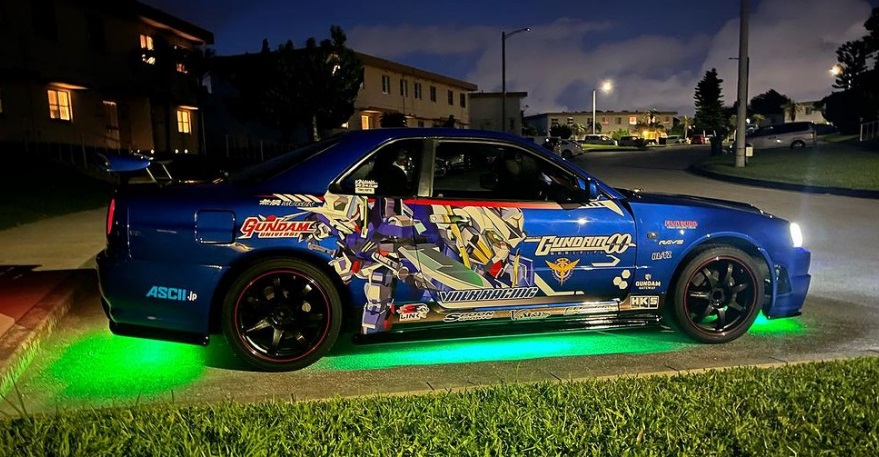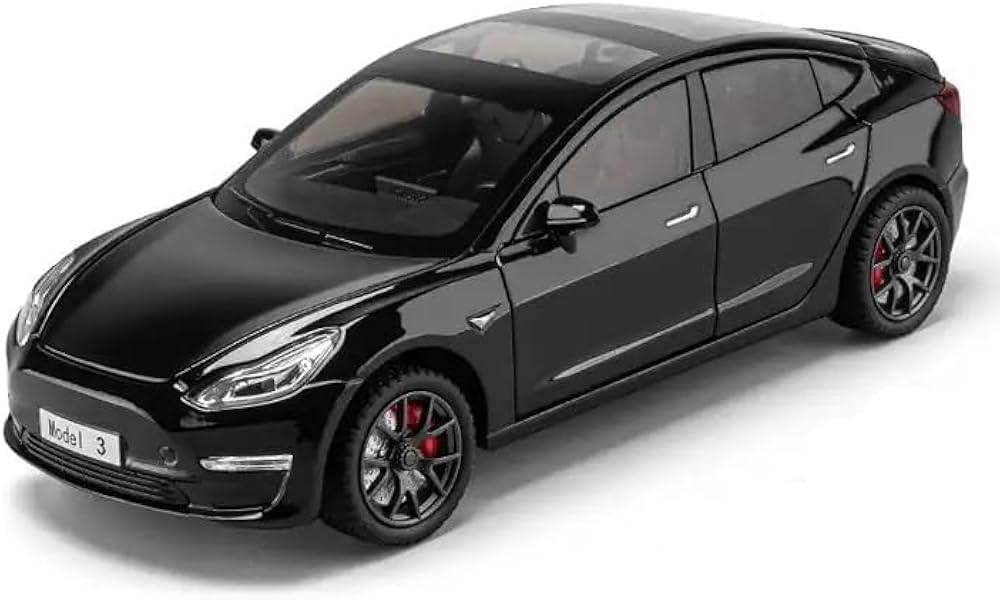Anime has long transcended the boundaries of television and film to influence art, fashion, and even technology. Among the most iconic franchises is Mobile Suit Gundam, a universe that has captivated audiences for decades with its giant mechas, intricate storylines, and visual appeal. Today, this passion is being expressed in a bold, eye-catching way through the phenomenon known as the Gundam car—a fusion of anime fandom and automotive customization.
This post explores how the Gundam car movement gained traction, what it represents in the culture of vehicle wrapping, and why it’s become a cornerstone of expression for fans and enthusiasts alike.
What Is a Gundam Car?
A Gundam car typically refers to a vehicle wrapped, painted, or customized with themes from the Gundam universe. This can include full-body vinyl wraps depicting characters, mobile suits (like the RX-78-2 or Wing Zero), logos from in-universe factions like Zeon or the Earth Federation, or even mecha-inspired body modifications that give the vehicle an otherworldly, robotic aesthetic.
The result is a mobile tribute that blends aggressive styling with otaku culture—essentially turning cars into rolling pieces of fan art.
The Cultural Roots of Anime-Themed Cars

The Gundam car movement finds its roots in Japan’s Itasha scene. “Itasha” roughly translates to “painful car,” a reference to both the visual overload and the financial investment involved. Starting in the early 2000s, fans began wrapping their cars with characters from anime, manga, and video games. While initially met with ridicule, Itasha quickly gained a devoted following, culminating in events like the Itasha G Festa in Odaiba.
As Gundam is one of Japan’s most revered franchises, it was only natural for it to take center stage in this trend. What differentiates a Gundam car from other Itasha is its more aggressive design language. Gundam cars are often inspired by the aesthetic of the mechas themselves, incorporating angular lines, industrial motifs, and heavy use of metallic tones like gunmetal, silver, and neon accents.
Gundam Aesthetics in Car Design
The genius behind Gundam’s design lies in its mechanical realism. Unlike more fantastical anime, Gundam suits are often engineered with military logic in mind, which makes them ideal for adapting into car designs.
Key Elements Translated into Car Form:
- Color Coding: Many Gundam cars mimic color schemes of iconic mobile suits. A red-and-black wrap can evoke Char Aznable’s Zaku II, while white-blue-red combos pay homage to the RX-78-2.
- Decals and Faction Logos: Like real-life motorsports liveries, Gundam cars frequently display decals representing the Principality of Zeon or Earth Federation Forces.
- Paneling and Lines: The “panel line” technique used in model kits is often recreated on the car’s surface to resemble mechanical parts.
- Lights and Underglow: To replicate the glow of a mobile suit’s thrusters or eyes, LED underglow and headlights are used in matching colors—green, pink, or red are popular choices.
In some extreme cases, car owners even fabricate physical elements like side armor, spoilers shaped like Gundam wings, or antennae mimicking V-fins.
Why the Gundam Car Movement Is Growing Globally
While the Itasha scene was once considered a niche even in Japan, globalization and internet culture have changed the game. Thanks to platforms like Instagram, TikTok, and YouTube, Gundam cars are now part of a global trend that stretches far beyond Akihabara.
Here’s why the movement is gaining traction:
- Customization Culture: People crave personalization. Whether it’s sneakers or smartphones, everyone wants something unique. A Gundam car allows owners to express themselves with clarity and confidence.
- Increased Vinyl Accessibility: High-quality vinyl wrap materials and more skilled installers make it easier than ever to transform a vehicle into a Gundam homage.
- Crossover Appeal: Gundam appeals to both anime fans and gearheads. The designs aren’t just “cute” or “colorful”—they’re aggressive, technical, and mechanical. This gives the wraps a masculine, edgy appeal often lacking in other anime-inspired designs.
- Social Media Virality: A well-executed Gundam car is a guaranteed attention magnet online. Photoshoots in urban settings or videos featuring flashy lights and futuristic edits rack up thousands of views.
How to Build Your Own Gundam Car
Thinking about turning your vehicle into a Gundam car? It’s not just about slapping on some stickers. To do it right, you’ll want to take a strategic approach.
1. Choose Your Mobile Suit Inspiration
Decide whether you’re repping a specific mobile suit or just capturing the overall aesthetic. RX-78-2 is the most iconic, but others like Unicorn Gundam, Barbatos, or even the lesser-known Turn A Gundam can make a statement.
2. Design Your Wrap
Work with a designer familiar with anime aesthetics. A good Gundam wrap isn’t just a giant face on your door—it’s a carefully constructed blend of panels, symbols, fonts, and mechanical illusions. Many enthusiasts turn to platforms offering anime wrap templates or custom services.
3. Select Quality Vinyl
Not all vinyl is created equal. For vibrant colors and durability, consider premium films like Avery Dennison, 3M, or KPMF. Metallics and chrome finishes can mimic the look of mecha armor better than flat colors.
4. Find an Experienced Installer
Complex wraps like these require precision. A minor misalignment can break the illusion. Make sure the installer is experienced with Itasha or complex graphic wraps.
5. Add Finishing Touches
To take your Gundam car to the next level:
- LED underglow
- Themed wheels or colored calipers
- Custom license plate (e.g., “RX78,” “ZEON,” “GNDM4L”)
- Window decals or etched faction logos
Notable Examples in the Wild
Some Gundam cars have become legends in the scene:
- The RX-0 Unicorn RX-7: A Mazda RX-7 FD customized with glowing red vinyl lines and a white base wrap replicating the psycho-frame activation of the Unicorn Gundam.
- Zaku II Lancer Evolution: A matte green Mitsubishi Evo featuring the Zeon emblem, battle damage textures, and functional side armor.
- Gundam Wing Supra: A widebody Mk4 Supra with an aggressive front fascia and wrap elements mimicking Wing Zero’s wings and head unit.
These cars not only wow at anime conventions and car meets but have also appeared in wrap showcases and international auto events.
The Future of Gundam Car Culture
The future looks bright—if not glowing—for the Gundam car trend. As more fans look to express their fandom in three dimensions, the demand for high-quality, anime-themed wraps continues to grow. We’re likely to see even more innovations, including:
- AR-enhanced wraps: Imagine pointing your phone at a Gundam car and seeing animation overlays or spec readouts.
- Collabs with wrap companies: Official Gundam x Vinyl partnerships could bring licensable, high-resolution designs to the market.
- Electric Gundam Cars: The aesthetic of clean tech pairs naturally with the futuristic themes of Gundam, especially models like Tesla, Hyundai Ioniq, or even the Cybertruck.
Final Thoughts
A Gundam car is more than just a decorated vehicle—it’s a statement. It represents creativity, fandom, technical skill, and an appreciation for mechanical beauty. As anime culture becomes more mainstream and customization tools become more accessible, it’s only natural for cars to become canvases of expression.
Whether you’re cruising through Tokyo or rolling down the streets of Chicago, a Gundam car is guaranteed to turn heads and spark conversations. It’s not just about flexing your fandom—it’s about transforming your ride into something that tells a story. And in that story, you are the pilot




